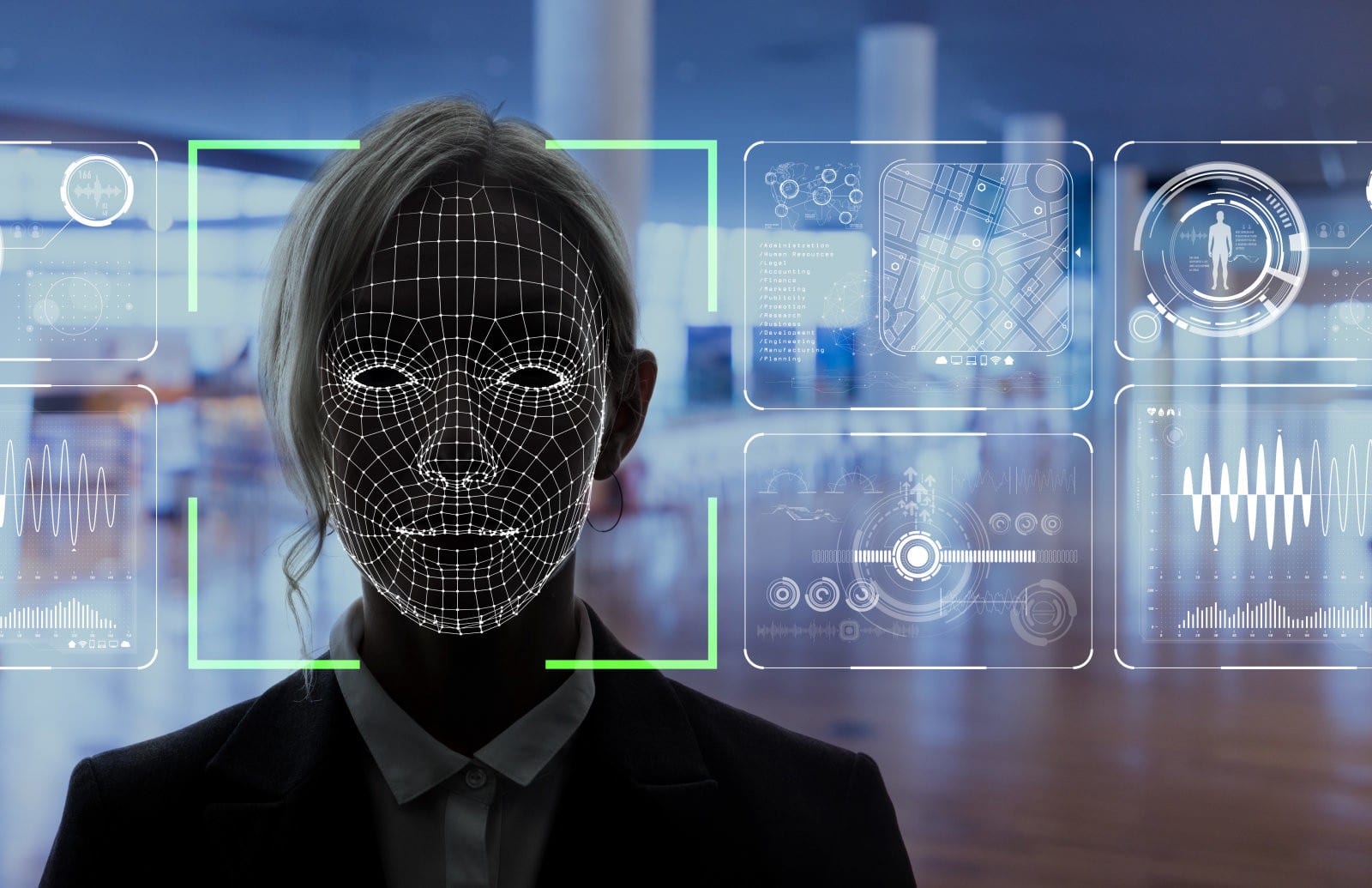The digital realm faces increasing risks. The integration of artificial intelligence into malicious activities presents a paradigm shift in cybersecurity. Threat actors are now leveraging AI to automate attacks, enhance their sophistication, and evade traditional security measures. This convergence necessitates a proactive and adaptive approach to defense, as the landscape becomes increasingly complex and dynamic. AI empowers advanced cyberattacks.
Sophisticated Phishing and Social Engineering Attacks
AI enables the creation of highly personalized and convincing phishing campaigns, making it difficult to detect fraudulent emails and messages. AI-driven social engineering attacks can mimic trusted entities, exploiting human vulnerabilities with unprecedented accuracy and scale. This necessitates advanced security awareness training.
Enhanced Threat Detection and Response Systems
AI algorithms can analyze vast datasets to identify subtle anomalies and patterns indicative of cyber threats, offering superior detection compared to traditional methods. AI-powered security systems can also automate incident response, rapidly mitigating attacks and minimizing potential damage. This is a crucial advantage.
Implementing Robust Security Protocols and Employee Training
Organizations must implement comprehensive security protocols, including multi-factor authentication and regular vulnerability assessments. Crucially, employees require continuous training on AI-driven threats and best practices for identifying and reporting suspicious activities. A human firewall is a vital component.
The cybersecurity landscape is in constant flux, requiring continuous adaptation and innovation to stay ahead of evolving AI-driven threats. A proactive approach, coupled with ongoing research and development, is paramount for maintaining a robust and resilient security posture. Vigilance is the cornerstone of effective defense.




